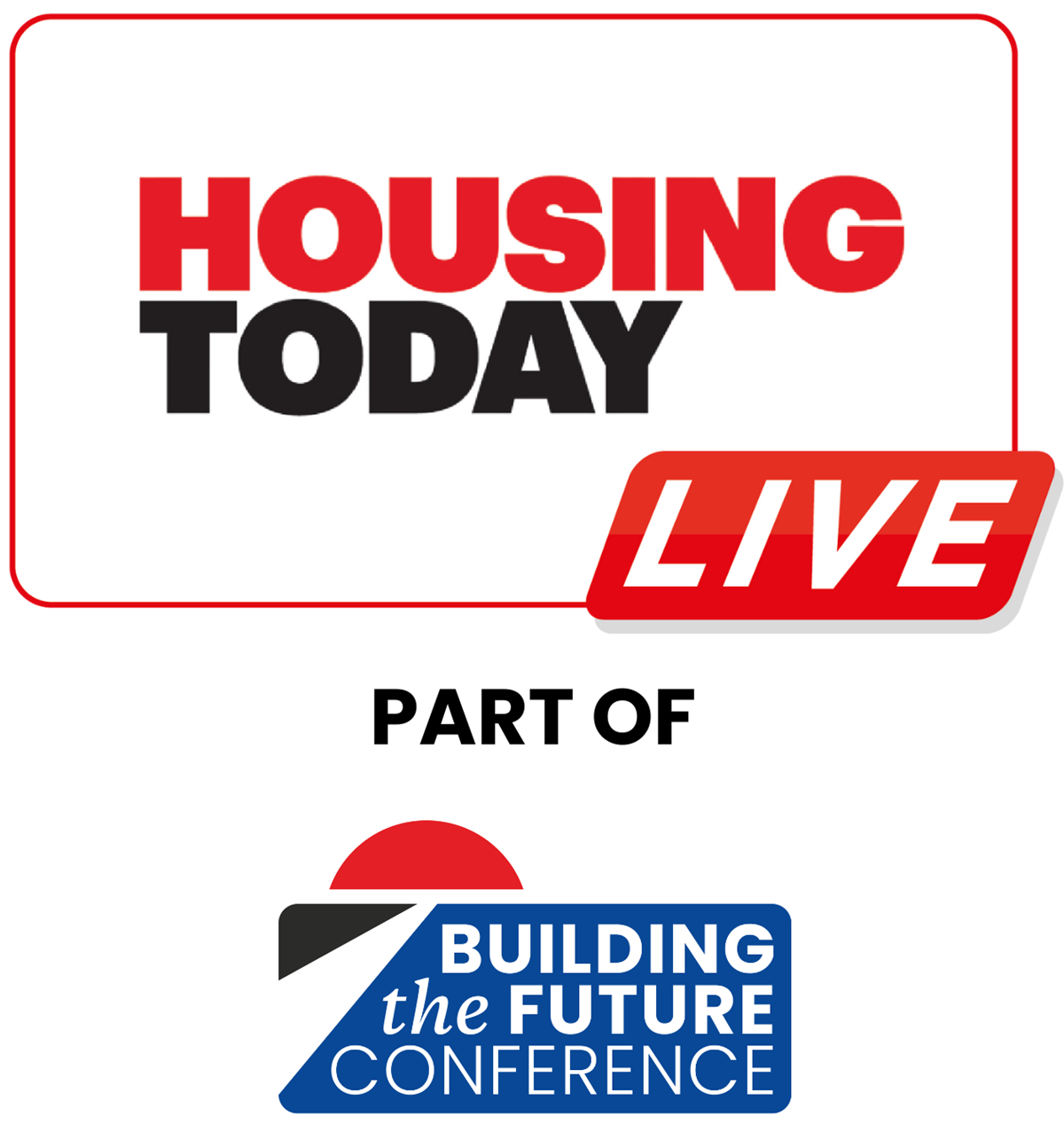In conversation with Housing Today, Richard Weeks, programme and operations director at EDAROTH, explains why social housing must be appraised on long-term cost and performance rather than just upfront cost, and how digital innovation and modern methods can help deliver homes that last
The pressure to deliver new homes - particularly social and affordable housing - has never been greater.
Yet while the need is urgent, there is growing recognition that demand for the immediate delivery of new homes cannot come at the expense of quality and long-term performance. Housing providers are grappling with spiralling maintenance costs, ageing stock, and performance issues that stem from decades of focusing on minimising upfront capital costs alone.

The Treasury’s Green Book review and wider government housing reforms are pushing the sector to embed lifecycle thinking, digital innovation, and sustainability into investment decisions.
Against this backdrop, Housing Today sat down with Richard Weeks, programme and operations director for EDAROTH to discuss how a lifecycle approach can transform housing delivery now and for the future.
To start with, could you tell us a little about your role and how you came to be leading EDAROTH?
I’m programme and operations director for EDAROTH, AtkinsRéalis’ social and affordable housing development business. I have a background in design and engineering and I’ve been with AtkinsRéalis for 14 years.
When we launched EDAROTH in 2020, I was asked to lead the development of our off-site manufactured housing product and then take it into operational delivery. Today we focus on delivering social and affordable homes using an approach that leverages AtkinsRéalis’ scale and capabilities while responding to the unique needs of the sector.
Why is it so important for public sector housing clients to move beyond models that only consider upfront costs?
The shortfall in housing delivery is almost entirely in the social sector, where we see under-delivery of around 100,000 homes per year.
Unlike the private sales market, where the focus is on minimising capital cost and maximising sales value, local authorities and housing associations own and manage their homes for decades.
That requires a very different model and a product that is designed to last. Recognising social housing as critical national infrastructure is a vital reform because it acknowledges that these homes need to be delivered and managed differently. Our homes are designed and accredited for 100 years - compared with the 50 or 60 years typical of traditional builds.
They’re net zero in operation, lower cost to maintain, and higher quality because of the factory-controlled environment in which they’re made. For social landlords, it’s about breaking free from a cycle of escalating maintenance and operational costs by thinking about the whole lifecycle as part of the commercial equation.
How does a lifecycle appraisal model help housing associations and local authorities make more sustainable, cost-effective decisions?
Too often, new social homes have been appraised only on the basis of upfront capital cost. That’s why many landlords are now grappling with assets that are expensive to maintain and operate and difficult to repair, and which provide poor homes for the people who live in them.
A lifecycle appraisal forces us to look at the full lifecycle cost of the asset - capital plus maintenance and operational costs - over decades. Because our homes are designed for long-term performance, the overall lifecycle cost is lower making them a more investable, long-term asset.
Better design decisions, higher durability materials, and factory-quality controls all contribute. Once you model these factors in the appraisal of new housing schemes, it becomes clear that the best investment decisions come from a thorough appraisal of the full asset lifecycle.
You’ve spoken before about digital asset management - how does this improve housing performance?
One of the real advantages of productising social housing is certainty. From the start, we know every component, material, and system in our homes. Each property we deliver comes with a digital twin - a complete model containing every component part and full instructions on how to maintain and operate the homes.
That gives our clients a powerful tool. Rather than sending someone out to identify a broken component, they can go straight to the digital model, order the right part from stock, and complete the repair quickly with minimum disruption to residents.
It reduces downtime, saves money, and provides long-term certainty on maintenance costs. Handing over the digital twin alongside the physical home is a step-change in the way public sector landlords can manage their stock.
There’s huge political pressure to deliver homes quickly. How can decision-makers balance that short-term urgency with long-term value?
It’s a very real challenge. But reforms such as the 10-year rent settlement, the Affordable Housing Programme, and the creation of the National Housing Bank are helping make social housing more attractive to institutional investors, such as pension funds.
Those investors are naturally long-term in outlook. They want certainty that the assets they invest in will perform for at least a 50 or 60 year return period, and have a significant residual life expectancy well beyond that time. That’s why lifecycle-optimised products like ours are so appealing.
At the same time, the Treasury Green Book now requires public bodies to assess projects in terms of lifecycle cost, wider social value, and regional impact - not just upfront capital cost. That’s helping align short-term delivery pressures with long-term performance requirements.
What lessons can be learned from projects where lifecycle thinking has been applied successfully?
Some of the changes can be quite simple. For example, we’ve worked closely with housing associations to identify where they typically spend money on repairs, and we’ve designed solutions to avoid those pitfalls - whether it’s using more durable materials or ensuring mechanical equipment is easy to access for servicing and repair.
The traditional model is often to choose cheaper components that are quick to fix and replace them when they fail. Our approach is to specify higher-quality parts and materials that are more durable and prevent failure in the first place. But if they do, they’re easy to access, replace and source. These design decisions save landlords significant time, costs and frustration over the long run.
So how does EDAROTH’s model as a whole align with this long-term, value-driven approach?
Everything about our model is built around lifecycle value and performance. Our homes are accredited for 100 years, net zero in operation, and easier to maintain. That reduces costs for landlords and tenants, and enables reinvestment into new housing.
Crucially, by making the product attractive to institutional investors, we help unlock new sources of funding into the social housing sector.
That investment, combined with our product and delivery model, creates the additive capacity to build the volume of new homes the country needs. We’re also exploring models like site aggregation - for example, we’re currently on site delivering houses and apartments across a programme of sites with Bristol City Council. This project has helped to inform the Small Sites Aggregator approach.
By packaging small, individually unviable sites into a single portfolio, and assessing viability across the programme and lifecycle, we can bring forward land that might otherwise remain unused. That further boosts supply and makes the sector even more investable. This approach needs to be supported by streamlined planning and procurement processes.
Finally, what would you say is the key message for policymakers and providers?
The challenge is to move away from short-term thinking and embrace lifecycle performance, thinking of social homes as long-term assets. Social homes must be seen as nationally critical infrastructure, designed to last, easy to maintain, and net zero from the outset.
With the right approach, we can not only reduce long-term costs, unlock land and improve viability but also attract the institutional investment needed to meet the growing demand for new social housing. That’s the philosophy underpinning EDAROTH: building homes that don’t just meet the needs of today, but for the next 100 years and beyond.










